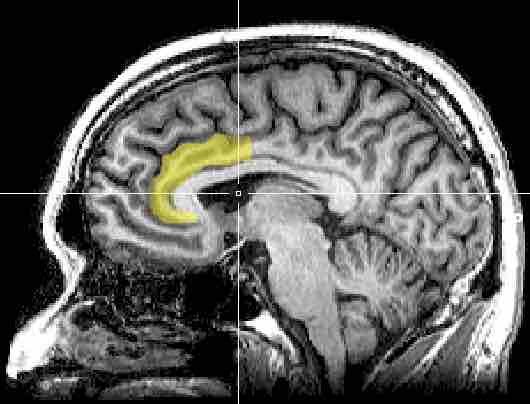Post-purchase behavior is the final stage in the consumer decision process when the customer assesses whether he is satisfied or dissatisfied with a purchase. How the customer feels about a purchase will significantly influence whether he will purchase the product again or consider other products within the brand repertoire. A customer will also be able to influence the purchase decision of others because he will likely feel compelled to share his feelings about the purchase.
Cognitive dissonance, another form of buyer's remorse, is common at this stage. This is when the customer may experience feelings of post-purchase psychological tension or anxiety. For example, the customer might feel compelled to question whether he has made the right decision. They may also be exposed to advertising for a competitive product or brand which could put into question the product that they have chosen. A customer may also have a change of heart and decide that he no longer has a need for this particular product.

Cognitive Dissonance
This Sagittal MRI slice with highlighting indicates the location of the anterior cingulate cortex.
Some companies now opt to engage their consumers with post-purchase communications in an effort to influence their feelings about their purchase and future purchases. Offering money back guarantees also serve to extend and enrich post-purchase communications between the company and its consumers. Other examples include VIP invitations to become part of a club or special and select group of consumers who buy a particular product. Another example is when customers are asked for their contact information at the point of purchase so they can be targeted later with a follow-up call that surveys the product's performance and consumer satisfaction. This approach could help influence or alleviate feelings of cognitive dissonance or "buyer's remorse" following a product purchase.